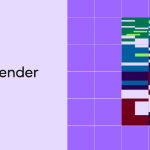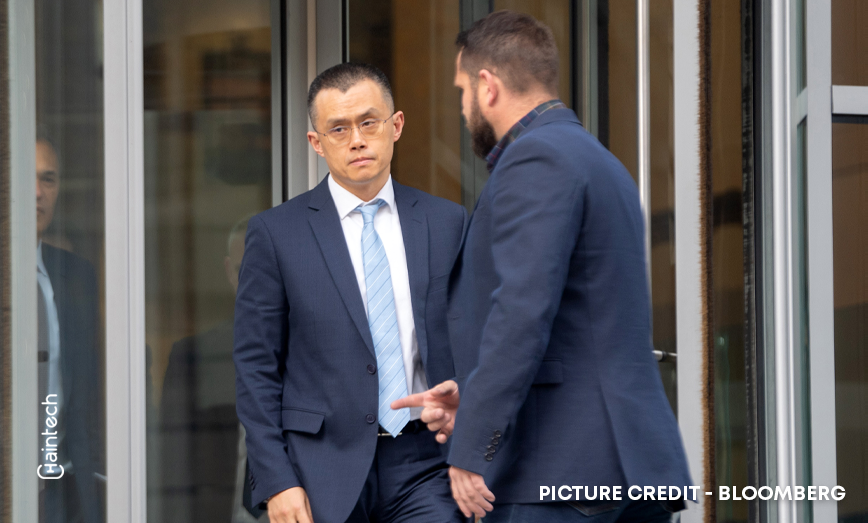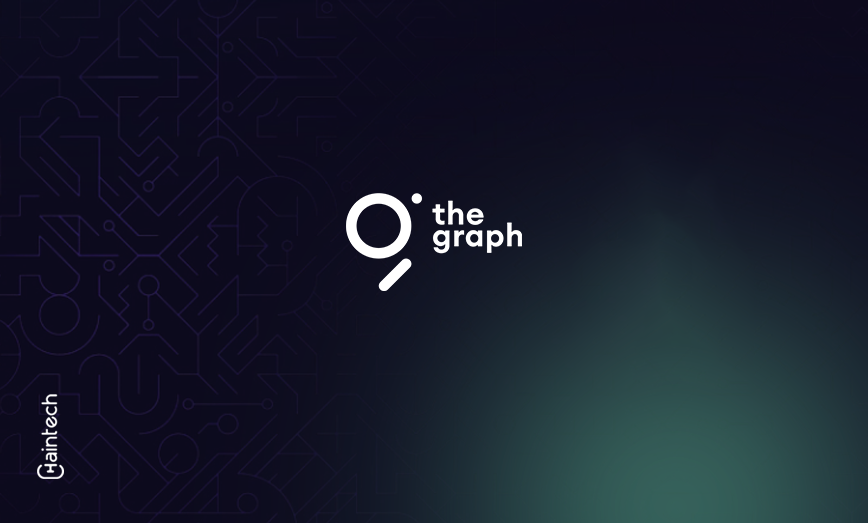Chainlink – The Future of Decentralised Security

Introduction
If blockchains are to change the future of digital money, they must work well together. However, the types of data exchanged by blockchains, network topologies, consensus processes, and several other properties vary drastically depending on their intended applications.
For example, decentralised finance (DeFi) platforms need real-time stock prices for derivatives trading. If this platform cannot securely and accurately collect stock market data, customers risk inaccurate pricing and financial loss. Blockchains act as distinct universes. Information from outside sources has always been difficult to trust. So, what’s the solution?
The solution lies in Chainlink, a decentralised blockchain oracle network that enables safe interaction between smart contracts and non-blockchain real-world data. But why is Chainlink such a big deal? Let’s understand it in this blog.
What is Chainlink?
Chainlink (LINK) is a technology and cryptocurrency platform that facilitates a secure connection between non-blockchain enterprises and blockchain platforms. Chainlink’s LINK currency serves as collateral for the network’s smart contract agreements and compensates its network operators.
Chainlink is a blockchain abstraction layer and decentralised oracle network. It supports hybrid smart contracts and its cross-chain interoperability protocol. It utilises blockchain technology to safeguard computations both on- and off-chain.
The Ethereum platform, which hosts the Chainlink blockchain, uses the proof-of-stake operating protocol. Furthermore, Chainlink is an open-source blockchain project, which entitles all individuals to access the project’s code and make contributions.
History of Chainlink
Sergey Nazarov, Steve Ellis, and Ari Juels founded Chainlink in September 2017. They invented the idea after noticing a blockchain technological gap. Smart contracts require off-chain data security. They understood smart contracts needed this in order to succeed.
Oracles in blockchain technology allow smart contracts to access external data instead of only their own network. The team’s expedition sought to solve an “oracle problem.” Chainlink created a decentralised Oracle network to ensure smart contract data reliability.
Chainlink built its first network in May 2019. Smart contracts can safely interact with real-world data in the initial release, enabling decentralised applications.
It has been one of the most prominent decentralised oracle networks in blockchain since its launch. It connects blockchains to real-world data, making it vital in supply chains, gaming, finance, and insurance. Chainlink enhances blockchain technology adoption and utility with its vast applicability.
How does Chainlink work?
Chainlink allows blockchain smart contracts to interact with external data sources in three steps: Oracle Selection, Data Reporting, and Result Aggregation.
Oracle Selection:
The user initiates the process by establishing a Service Level Agreement (SLA) that delineates the data requirements. Chainlink then employs this SLA to identify the most appropriate oracles that can supply the required data. The user submits the SLA and deposits LINK tokens into an order-matching contract after establishing the parameters. This allows oracles to bid on the request.
Data Reporting:
During this phase, the designated oracles establish connections with external data sources in order to retrieve the necessary information. After acquiring the real-world data, the oracles analyse it and return it to the smart contracts via Chainlink.
Result Aggregation:
The final step involves compiling the data gathered by the oracles and returning it to an aggregate contract. This contract assesses the validity of the data points and generates a weighted score based on the cumulative data. The smart contract user then receives this aggregated and verified data.
The power of Chainlink’s process lies in its ability to validate data from multiple sources. Its internal reputation system helps identify trustworthy sources, thereby enhancing the accuracy and reliability of the data and protecting smart contracts from malicious attacks.
Role of LINK:
The method relies on Chainlink’s native coin, LINK. Smart contracts that request data compensate Chainlink node operators with LINK tokens. Market conditions and data demand are what determine node operator prices.
Additionally, node operators stake LINK tokens to demonstrate their commitment to the network. This staking, similar to Proof of Stake (PoS), encourages honest behaviour by rewarding trustworthy operators. This helps maintain the integrity and reliability of Chainlink.
Chainlink’s strong infrastructure ensures secure and efficient communication between blockchain smart contracts and real-world data.
Features of Chainlink
A decentralised oracle network, Chainlink links smart contracts to real-world facts. Here are some of its important features:
Credibility Check
Using a SLA, It assesses Oracle’s reputation. This technology gives smart contracts parameters to ensure off-chain data oracles follow network regulations. Oracles that violate them are penalised.
Aggregating Data
Chainlink enables smart contracts to combine off-chain Oracle data. We average this pooled data to produce a weighted response for accuracy and reliability.
Decentralised Finance
It delivers accurate price feeds for DeFi lending, borrowing, and trading. Using Chainlink, Aave and Compound calculate collateralization ratios and interest rates.
Game and NFTs
Chainlink generates in-game objects and NFTs with provable randomness. Chainlink’s Verifiable Random Function provides fairness and randomization.
Predictive Markets
Chainlink data ensures accurate predictions in elections, sports, and economic indicator markets.
Interoperability across chains
Chainlink lets smart contracts on different blockchains communicate easily.
Verifying Random Sources
It can be used for fairness and security in games that require cryptographically safe randomness.
Enabling Automation
Enterprises can automate important functions and event-driven tasks with Chainlink smart contracts, improving efficiency and decreasing manual involvement.
Conclusion
As of now, what we know about Chainlink is that it is a decentralised oracle network that pioneers the connection of blockchain-based smart contracts with actual data. Its dependability and security make it ideal for complex smart contracts. Programmable blockchain smart contracts execute automatically based on predefined circumstances and data inputs. For this process, Chainlink’s decentralised Oracle network provides reliable external data sources.
The Chainlink ecosystem uses the LINK token to securely pay for Oracle services. This coin is essential to network functioning and motivating node operators to produce the correct data.
Chainlink expands its use cases across sectors. Decentralised finance (DeFi) apps, gambling, prediction markets, and more use Chainlink’s Oracle services to achieve sophisticated blockchain ecosystem functions.
Its secure integration of external data with smart contracts makes it crucial to the blockchain ecosystem, enabling real-world integration of blockchain applications.









